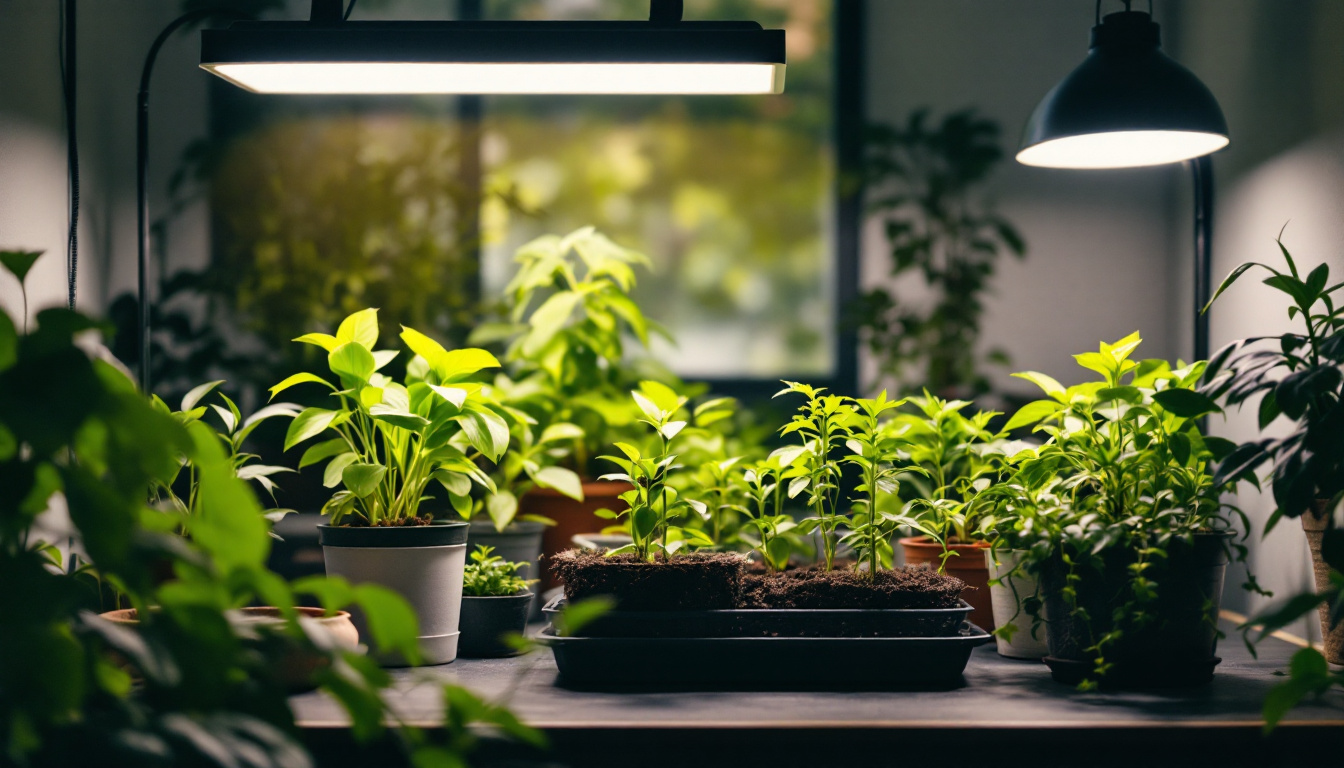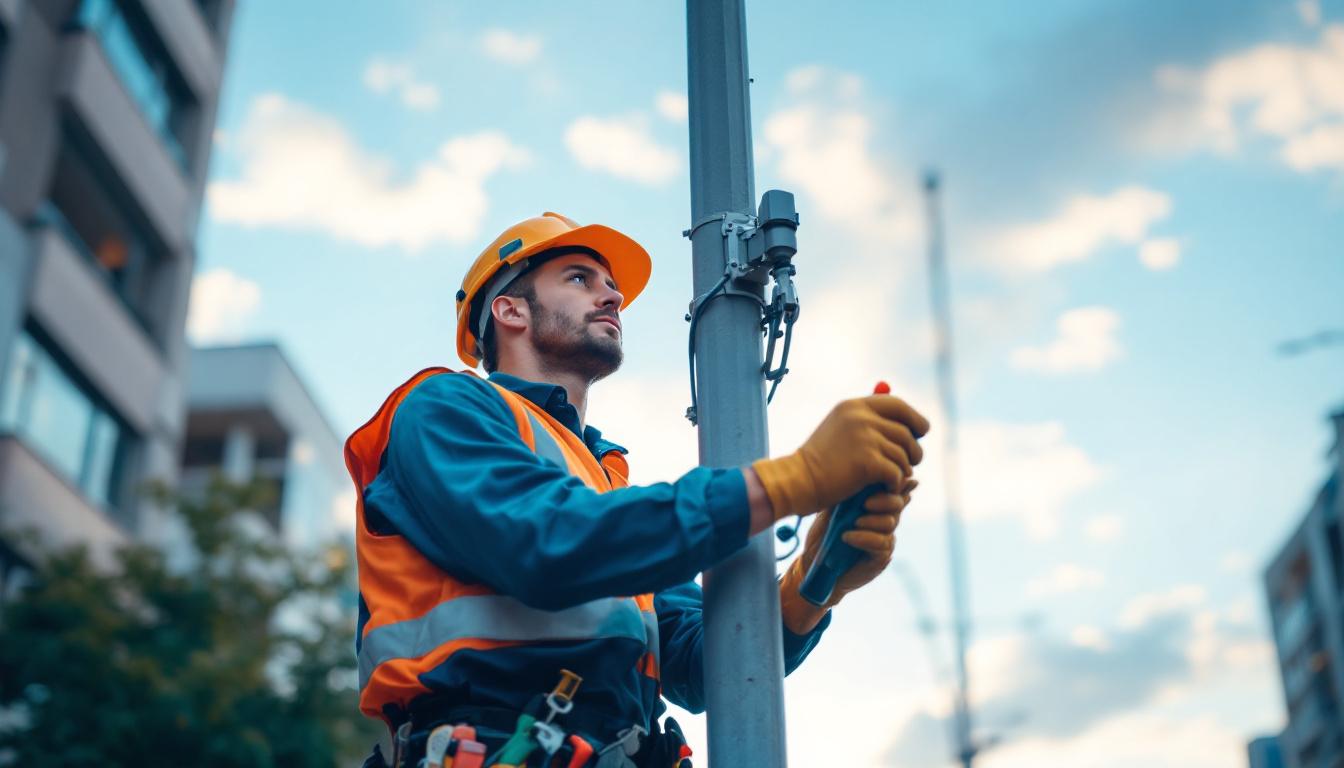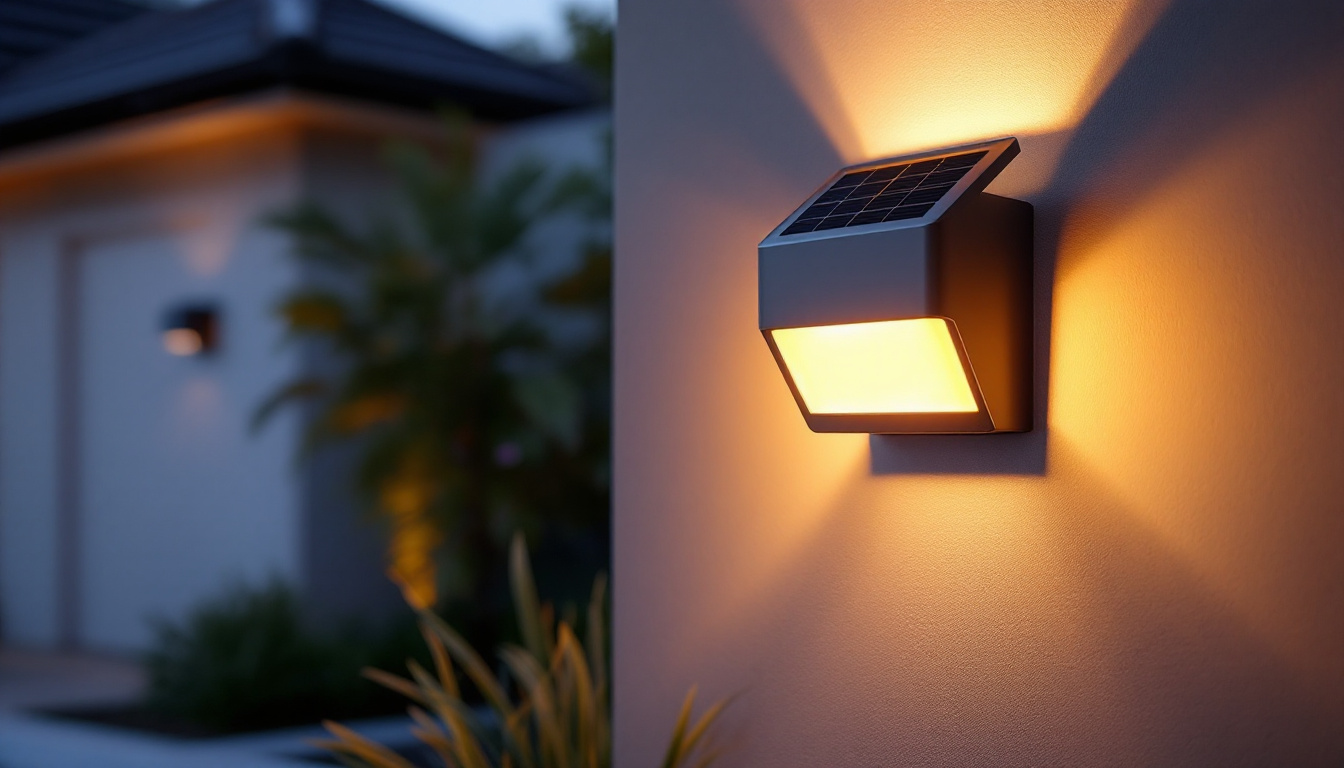
As the demand for indoor gardening and horticulture continues to rise, the need for effective grow lights has become increasingly significant. Lighting contractors play a crucial role in this evolving market, providing essential knowledge and expertise to their clients. Understanding the various types of grow lights, their applications, and the technology behind them is essential for contractors looking to thrive in this niche. This article aims to demystify grow lights and equip lighting contractors with the information they need to succeed.
Grow lights are artificial light sources designed to support plant growth by emitting wavelengths of light that plants can utilize for photosynthesis. These lights are particularly beneficial in environments where natural sunlight is insufficient or inconsistent. A variety of grow lights are available, each with unique characteristics and applications. They not only help in indoor gardening but also play a crucial role in commercial agriculture, enabling year-round cultivation of crops regardless of external weather conditions.
In addition to facilitating growth, grow lights can also influence the flowering and fruiting stages of plants. By adjusting the light spectrum and duration, growers can manipulate plant behaviors to optimize yield and quality. This versatility makes grow lights an essential tool for both hobbyists and professional cultivators, allowing for a wide range of plant species to thrive in controlled environments.
There are several types of grow lights available on the market, each catering to different needs and preferences. The most common types include:
When selecting grow lights, several key features should be taken into account:
In addition to these features, the design and placement of grow lights can significantly impact their effectiveness. For instance, adjustable hanging systems allow growers to change the height of the lights as plants grow taller, ensuring that they receive adequate light without being scorched. Furthermore, some grow lights come with built-in timers and smart technology, enabling automated light cycles that can mimic natural sunlight patterns, which is particularly beneficial for plants that require specific day lengths to thrive.
Grow lights are versatile tools that can be used in various applications, from home gardening to commercial horticulture. Understanding these applications helps lighting contractors provide tailored solutions to their clients.
For hobbyists and home gardeners, grow lights can transform any space into a productive garden. They allow for year-round gardening, enabling individuals to grow herbs, vegetables, and flowers regardless of outdoor conditions. Contractors can recommend specific grow light setups based on the types of plants their clients wish to cultivate.
In commercial settings, grow lights play a vital role in maximizing yields and optimizing growth cycles. Greenhouses and indoor farms often rely on grow lights to supplement natural light, ensuring consistent growth throughout the year. Lighting contractors can assist commercial growers in designing efficient lighting systems that meet their production goals.
Grow lights are also essential in research settings, where scientists study plant growth and development. Controlled environments allow for precise experimentation with light spectrums, intensities, and durations. Contractors working with research institutions should be familiar with specialized lighting systems that cater to these unique needs.
Lighting contractors must consider several factors when recommending grow lights to clients. A thorough understanding of the client’s needs and the specific requirements of the plants being grown is crucial.
Each plant species has unique light requirements. Some thrive in low-light conditions, while others require intense light for optimal growth. Contractors should assess the types of plants their clients wish to grow and recommend grow lights that provide the appropriate spectrum and intensity.
The available space for installation is another critical factor. Different grow lights have varying coverage areas and mounting heights. Contractors should evaluate the client’s space and suggest lighting solutions that maximize coverage while minimizing energy consumption.
Budget is often a significant consideration for clients. While high-end grow lights may offer advanced features and efficiency, there are also budget-friendly options that can meet basic needs. Contractors should provide a range of options, helping clients make informed decisions based on their financial constraints.
Proper installation and maintenance are essential for ensuring the longevity and effectiveness of grow lights. Contractors should be well-versed in best practices to provide clients with optimal solutions.
During installation, several best practices can enhance the performance of grow lights:
Regular maintenance is essential for keeping grow lights functioning effectively. Contractors should advise clients on the following maintenance tasks:
The grow light industry is continuously evolving, with new technologies emerging to enhance efficiency and effectiveness. Keeping abreast of these trends can give lighting contractors a competitive edge.
Smart technology has made its way into the grow light market, allowing for remote control and automation. Smart grow lights can adjust their intensity and spectrum based on plant needs, environmental conditions, and even user preferences. Contractors should consider recommending smart solutions for clients seeking advanced control over their grow environments.
Full-spectrum grow lights are gaining popularity as they provide a balanced light spectrum that mimics natural sunlight. These lights can support plants at all growth stages, making them a versatile choice for growers. Contractors should be familiar with full-spectrum options and their benefits when advising clients.
With increasing energy costs and environmental concerns, energy-efficient grow lights are becoming more critical. New technologies, such as improved LED designs and energy-saving features, are helping growers reduce their energy consumption. Contractors should stay informed about these innovations to provide clients with sustainable lighting solutions.
As the market for indoor gardening and horticulture continues to grow, the role of lighting contractors becomes increasingly vital. Understanding the various types of grow lights, their applications, and the latest trends in technology empowers contractors to provide tailored solutions to their clients. By demystifying grow lights and equipping themselves with essential knowledge, lighting contractors can position themselves as trusted experts in this evolving field.
In a rapidly changing industry, staying informed and adaptable is key. By focusing on client needs, offering expert advice, and embracing emerging technologies, lighting contractors can thrive in the competitive landscape of grow lights. Whether working with home gardeners, commercial growers, or research institutions, the right knowledge and approach can make all the difference.
Ready to elevate your lighting solutions and give your clients the best in grow light technology? Look no further than LumenWholesale. Our commitment to providing contractors with top-quality, spec-grade lighting products at unbeatable wholesale prices sets us apart. With LumenWholesale, you can access an extensive selection of reliable, high-performance lighting that meets the highest industry standards. Plus, with the convenience of free shipping on bulk orders, you can enjoy premium lighting at the best value — without hidden fees or compromises. Don’t let middleman markups dim your project’s potential. Wholesale Lighting at the Best Value is just a click away. Experience the difference with LumenWholesale today.

Discover how commercial lamp posts are revolutionizing the lighting industry by enhancing efficiency for contractors.

Discover essential resources and expert tips for lighting contractors looking to master lamp post replacement.

Discover expert insights and practical tips on selecting and installing exterior solar wall sconces.

Discover expert tips on under counter kitchen lighting with insights from a seasoned lighting contractor.